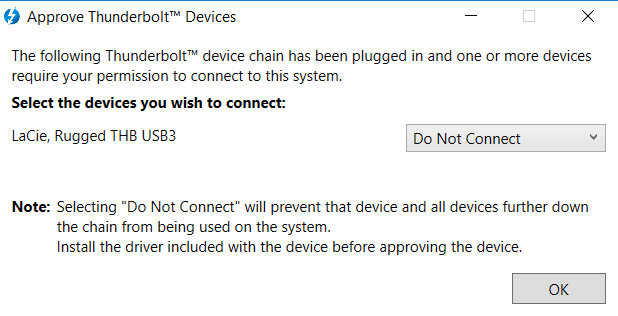
- #Dell unknown device pci root complex how to#
- #Dell unknown device pci root complex driver#
- #Dell unknown device pci root complex software#
I am not sure if setpci is normally available on OSX or it was installed by lspci, but it's working fine so far and I have all the ASPM capabilities turned on. I am using it to enable ASPM states for my wireless and wired ethernet cards (so 2 endpoints and 2 root complexes). The script has to be edited according to their position (it is very well commented) and launched at startup.
#Dell unknown device pci root complex driver#
Tried the driver form the website of Motherboard Foxconn 6100 K8MA-RSH, but perhaps. The unknown device always comes back even if I manage to uninstall it in the device manager. My Dell laptop recognises the driver in the Express Card Slot, I have tried Googling the numbers on.
#Dell unknown device pci root complex how to#
It happens more often if I go near the device manager. WINDOWS 10 PRO (Version 1709) (OS Build 16299.192) I purchased a PCI Express Card on eBay and the driver disc does not work, therefore I have no driver to install for the Unknown Device, and very little knowledge on how to troubleshoot this issue. Windows 8 keeps crashing, freezing and sometimes re-starting. You can find the root complex corresponding to each card by running lspci -t. Windows 8 - Unknown Device on PCIe Root Complex. The script is here įor ASPM to be effective the L0s and L1 modes should be enabled for both the endpoint (the card itself) and the root complex (the chipset bit). Somebody came up with a script based on setpci that enables the ASPM bit for the PCIe cards and root complexes specified by the user.

If they differ, something is missing and you can try to enable it manually.

HP 3D DriveGuard protects the hard drive by 'parking the heads' if the notebook is accidentally dropped or is abruptly impacted by another object. I recently upgraded to Mojave and run the installation for Boot Camp for Win10 and found an unknown device in device manager as the picture below: The device is on Pci Bus and has (Code 28) The device detail: ACPI\INT34BA\3&11583659&0 as following picture: I tried reinstall Boot Camp setup for Windows couple times and got the same result.
#Dell unknown device pci root complex software#
To check which ASPM states are available and activated on your machine run lspci -vvv and look at the LinkCap(ability) and LinkCtl lines for each of your PCIe devices. This package provides the HP 3D DriveGuard software for supported notebook models that are running a supported operating system. I found this to be the case in my Hackbook: i installed lspci (I found it by googling 'lspci osx') and found out that the RTL8101E ethernet card in my laptop only had the L0s mode enabled by default, and the corresponding PCIe root complex wasn't enabling that either, while the AR9285 was enabling L1 only and ASPM for the root complex was again disabled.

Building a CustoMac Hackintosh: Buyer's Guideįor some time there has been a problem with laptops running Linux that some BIOSes wouldn't enable PCI Express power saving features ("Active State Power Management" or ASPM) for certain wireless cards, substantially reducing battery life.


 0 kommentar(er)
0 kommentar(er)
